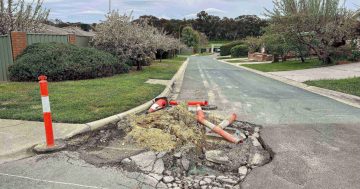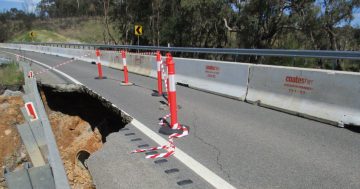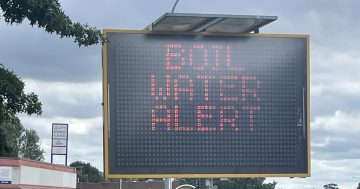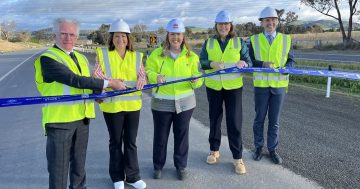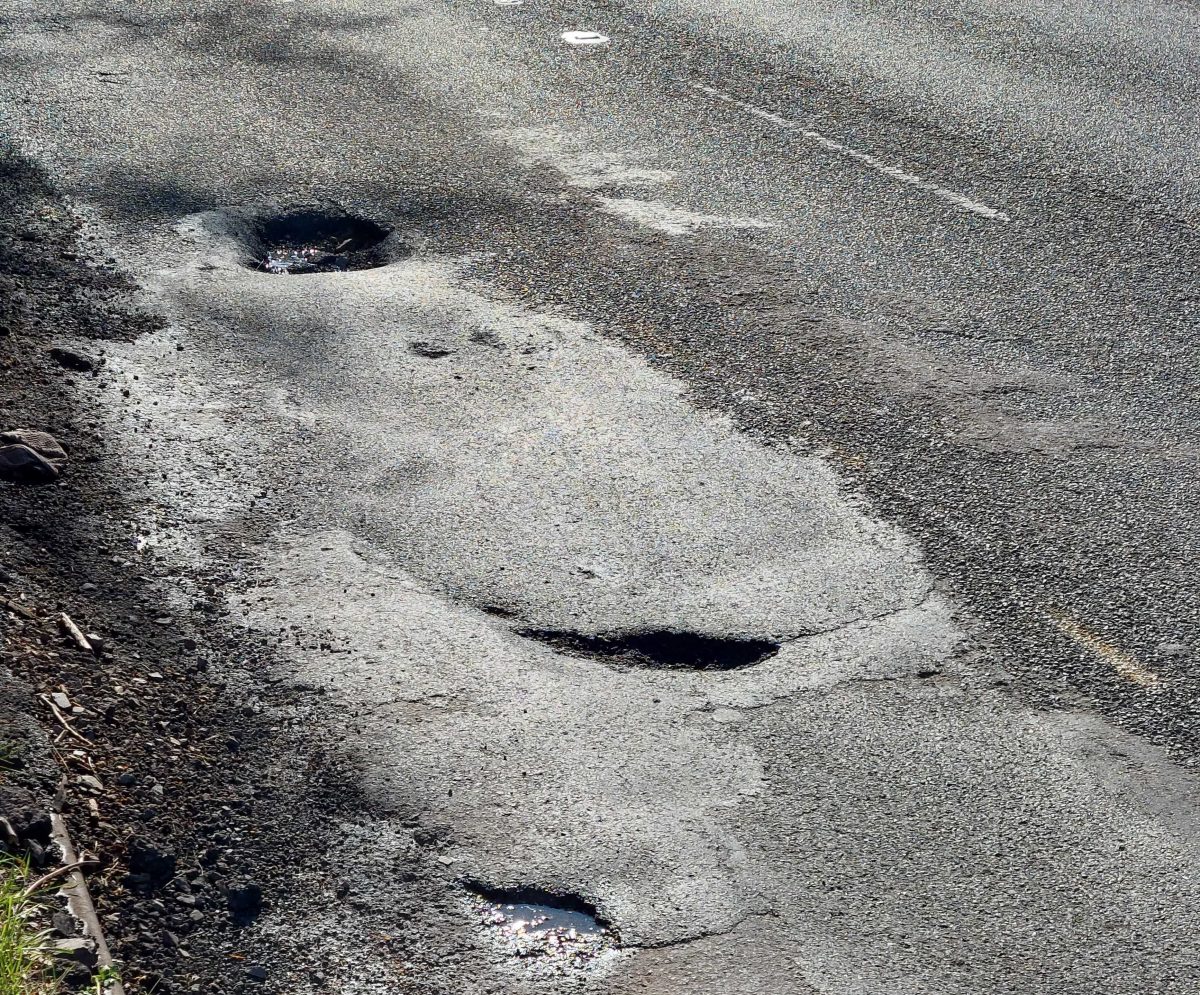
Funding for local councils to repair local roads will double over the next four years. Photo: James Coleman.
The Federal Government has vowed to double the Roads to Recovery program to $1 billion per year from 2027/28.
The Roads to Recovery program supports the construction and maintenance of the nation’s local road infrastructure assets.
It also reduces the administrative burden of road repairs on local and state governments, particularly after two years of successive La Niña weather events, which dramatically increased damage to rural and local roads due to persistent rain and flooding.
In conjunction with the Roads to Recovery, the government will also allocate additional funding to repair black spots, from $110 million to $150 million per year.
In addition to these two programs, the Heavy Vehicle Safety and Productivity Program (HVSPP) and the Bridges Renewal Program (BRP) will be merged into a new Safer Local Roads and Infrastructure Program, with funding slated to increase from the current $150 million to $200 million per year.
“Big roads and metropolitan highways might get a lot of the attention, but we spend most of our driving lives on local roads around where we live and where we work,” Federal Infrastructure, Transport, Regional Development and Local Government Minister Catherine King said.
“Regional road networks have been battered by severe weather events over the last few years. This funding will help councils to fix and maintain our roads,” she added.
“This investment will support regional communities and help move freight to and from our rural production centres.
“This funding increase will give councils certainty and the ability to plan, along with a reduction in the administrative burden. We are doing this in a responsible way, to give councils the funding they need while also ensuring the increase doesn’t put pressure on inflation.”
To this end, Ms King said the extra Roads to Recovery funding will increase year-on-year over four years until it hits $1 billion.
The changes have been recommended by the Independent Strategic Review of the Infrastructure Investment Program and come just three days after the release of that review. It said the increases in funding will be phased in over the forward estimates to avoid putting pressure on inflation, supply costs and the construction labour market.
Assistant Minister Kristy McBain said the ability to maintain their local roads was at the top of councils’ agenda.
“We’ve listened and will inject more money where it counts – making it easier for local councils to access the support they need to progress their priority road projects,” she said.
“This will make a huge difference for councils outside our big cities with significant and ageing road networks under more demand than ever as people flock to our regions.
“When all levels of government work together, we get better results in our communities, which is why we’ll continue to collaborate with local leaders across the country as we roll out this additional support.”
In a press conference in Ballarat, Ms King said she has heard what councils have to say about their roads.
“I live in the country. I know just how hard it is for our local councils to keep up with the maintenance and improvement of our local roads,” she said.
“We know that with increasing weather events that has meant that they are finding it really difficult to keep up with that maintenance of our local roads.
“At the same time, we’re also going to be putting more money into the iconic Black Spots Roads program,” she added.













